Ingress Protection Rating consists of the letters IP followed by two digits and an optional letter. As defined in international standard IEC 60529, it classifies the degrees of protection provided against the intrusion of solid objects (including body parts like hands and fingers), dust, accidental contact, and water in electrical enclosures. The standard aims to provide users more detailed information than vague marketing terms such as waterproof.
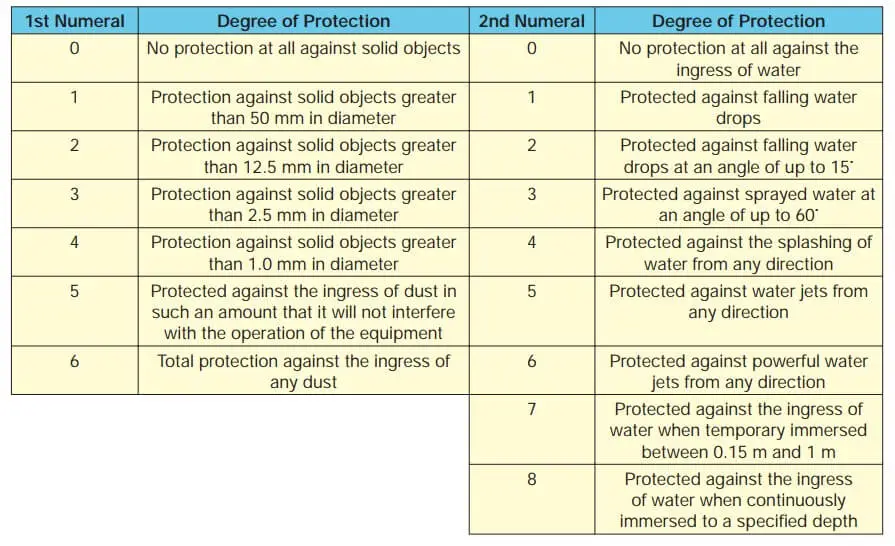
The digits (characteristic numerals) indicate conformity with the conditions summarized in the tables below. For example, an electrical socket rated IP22 is protected against insertion of fingers and will not be damaged or become unsafe during a specified test in which it is exposed to vertically or nearly vertically dripping water. IP22 or 2X are typical minimum requirements for the design of electrical accessories for indoor use.
*Explanation of the letters IP is given in IEC 60529 (Ed. 2.1), clause 4.1
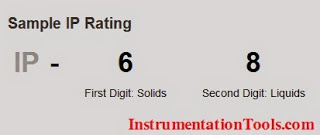 |
| Ingress Protection Rating |
First Digit: Solids
The first digit indicates the level of protection that the enclosure provides against access to hazardous parts (e.g., electrical conductors, moving parts) and the ingress of solid foreign objects.
| Level | Object size protected against | Effective against |
| 0 | Not protected | No protection against contact and ingress of objects |
| 1 | >50mm | Any large surface of the body, such as the back of the hand, but no protection against deliberate contact with a body part. |
| 2 | >12.5mm | Fingers or similar objects. |
| 3 | >2.5mm | Tools, thick wires, etc. |
| 4 | >1mm | Most wires, screws, etc. |
| 5 | Dust Protected | Ingress of dust is not entirely prevented, but it must not enter in sufficient quantity to interfere with the satisfactory operation of the equipment; complete protection against contact. |
| 6 | Dust Tight | No ingress of dust; complete protection against contact. |
Second Digit: Liquids
Protection of the equipment inside the enclosure against harmful ingress of water.
| Level | Object size protected against | Effective against |
| 0 | Not protected | – |
| 1 | Dripping watter | Dripping watter (vertically falling drops) shall have no harmfull effect. |
| 2 | Dripping water when tilted up to 15° | Vertically dripping water shall have no harmful effect when the enclosure is tilted at an angle up to 15° from its normal position. |
| 3 | Spraying water | Water falling as a spray at any angle up to 60° from the vertical shall have no harmful effect. |
| 4 | Splashing water | Water splashing against the enclosure from any direction shall have no harmful effect. |
| 5 | Water jets | Water projected by a nozzle (6.3mm) against enclosure from any direction shall have no harmful effects. |
| 6 | Powerful water jets | Water projected in powerful jets (12.5mm nozzle) against the enclosure from any direction shall have no harmful effects. |
| 7 | Immersion up to 1m | Ingress of water in harmful quantity shall not be possible when the enclosure is immersed in water under defined conditions of pressure and time (up to 1 m of submersion). |
| 8 | Immersion beyond 1m | The equipment is suitable for continuous immersion in water under conditions which shall be specified by the manufacturer. Normally, this will mean that the equipment is hermetically sealed. However, with certain types of equipment, it can mean that water can enter but only in such a manner that it produces no harmful effects. |
IP Rating Reference Chart
Below is an easy to follow reference chart to help you decide which IP rating you need or have.
| IP Number | First Digit – SOLIDS | Second Digit – LIQUIDS |
| IP00 | Not protected from solids. | Not protected from liquids. |
| IP01 | Not protected from solids. | Protected from condensation. |
| IP02 | Not protected from solids. | Protected from water spray less than 15 degrees from vertical. |
| IP03 | Not protected from solids. | Protected from water spray less than 60 degrees from vertical. |
| IP04 | Not protected from solids. | Protected from water spray from any direction. |
| IP05 | Not protected from solids. | Protected from low pressure water jets from any direction. |
| IP06 | Not protected from solids. | Protected from high pressure water jets from any direction. |
| IP07 | Not protected from solids. | Protected from immersion between 15 centimeters and 1 meter in depth. |
| IP08 | Not protected from solids. | Protected from long term immersion up to a specified preasure. |
| IP10 | Protected from touch by hands greater than 50 millimeters. | Not protected from liquids. |
| IP11 | Protected from touch by hands greater than 50 millimeters. | Protected from condensation. |
| IP12 | Protected from touch by hands greater than 50 millimeters. | Protected from water spray less than 15 degrees from vertical. |
| IP13 | Protected from touch by hands greater than 50 millimeters. | Protected from water spray less than 60 degrees from vertical. |
| IP14 | Protected from touch by hands greater than 50 millimeters. | Protected from water spray from any direction. |
| IP15 | Protected from touch by hands greater than 50 millimeters. | Protected from low pressure water jets from any direction. |
| IP16 | Protected from touch by hands greater than 50 millimeters. | Protected from high pressure water jets from any direction. |
| IP17 | Protected from touch by hands greater than 50 millimeters. | Protected from immersion between 15 centimeters and 1 meter in depth. |
| IP18 | Protected from touch by hands greater than 50 millimeters. | Protected from long term immersion up to a specified preasure. |
| IP20 | Protected from touch by fingers and objects greater than 12 millimeters. | Not protected from liquids. |
| IP21 | Protected from touch by fingers and objects greater than 12 millimeters. | Protected from condensation. |
| IP22 | Protected from touch by fingers and objects greater than 12 millimeters. | Protected from water spray less than 15 degrees from vertical. |
| IP23 | Protected from touch by fingers and objects greater than 12 millimeters. | Protected from water spray less than 60 degrees from vertical. |
| IP24 | Protected from touch by fingers and objects greater than 12 millimeters. | Protected from water spray from any direction. |
| IP25 | Protected from touch by fingers and objects greater than 12 millimeters. | Protected from low pressure water jets from any direction. |
| IP26 | Protected from touch by fingers and objects greater than 12 millimeters. | Protected from high pressure water jets from any direction. |
| IP27 | Protected from touch by fingers and objects greater than 12 millimeters. | Protected from immersion between 15 centimeters and 1 meter in depth. |
| IP28 | Protected from touch by fingers and objects greater than 12 millimeters. | Protected from long term immersion up to a specified preasure. |
| IP30 | Protected from tools and wires greater than 2.5 millimeters. | Not protected from liquids. |
| IP31 | Protected from tools and wires greater than 2.5 millimeters. | Protected from condensation. |
| IP32 | Protected from tools and wires greater than 2.5 millimeters. | Protected from water spray less than 15 degrees from vertical. |
| IP33 | Protected from tools and wires greater than 2.5 millimeters. | Protected from water spray less than 60 degrees from vertical. |
| IP34 | Protected from tools and wires greater than 2.5 millimeters. | Protected from water spray from any direction. |
| IP35 | Protected from tools and wires greater than 2.5 millimeters. | Protected from low pressure water jets from any direction. |
| IP36 | Protected from tools and wires greater than 2.5 millimeters. | Protected from high pressure water jets from any direction. |
| IP37 | Protected from tools and wires greater than 2.5 millimeters. | Protected from immersion between 15 centimeters and 1 meter in depth. |
| IP38 | Protected from tools and wires greater than 2.5 millimeters. | Protected from long term immersion up to a specified preasure. |
| IP40 | Protected from tools and small wires greater than 1 millimeter. | Not protected from liquids. |
| IP41 | Protected from tools and small wires greater than 1 millimeter. | Protected from condensation. |
| IP42 | Protected from tools and small wires greater than 1 millimeter. | Protected from water spray less than 15 degrees from vertical. |
| IP43 | Protected from tools and small wires greater than 1 millimeter. | Protected from water spray less than 60 degrees from vertical. |
| IP44 | Protected from tools and small wires greater than 1 millimeter. | Protected from water spray from any direction. |
| IP45 | Protected from tools and small wires greater than 1 millimeter. | Protected from low pressure water jets from any direction. |
| IP46 | Protected from tools and small wires greater than 1 millimeter. | Protected from high pressure water jets from any direction. |
| IP47 | Protected from tools and small wires greater than 1 millimeter. | Protected from immersion between 15 centimeters and 1 meter in depth. |
| IP48 | Protected from tools and small wires greater than 1 millimeter. | Protected from long term immersion up to a specified preasure. |
| IP50 | Protected from limited dust ingress. | Not protected from liquids. |
| IP51 | Protected from limited dust ingress. | Protected from condensation. |
| IP52 | Protected from limited dust ingress. | Protected from water spray less than 15 degrees from vertical. |
| IP53 | Protected from limited dust ingress. | Protected from water spray less than 60 degrees from vertical. |
| IP54 | Protected from limited dust ingress. | Protected from water spray from any direction. |
| IP55 | Protected from limited dust ingress. | Protected from low pressure water jets from any direction. |
| IP56 | Protected from limited dust ingress. | Protected from high pressure water jets from any direction. |
| IP57 | Protected from limited dust ingress. | Protected from immersion between 15 centimeters and 1 meter in depth. |
| IP58 | Protected from limited dust ingress. | Protected from long term immersion up to a specified preasure. |
| IP60 | Protected from total dust ingress. | Not protected from liquids. |
| IP61 | Protected from total dust ingress. | Protected from condensation. |
| IP62 | Protected from total dust ingress. | Protected from water spray less than 15 degrees from vertical. |
| IP63 | Protected from total dust ingress. | Protected from water spray less than 60 degrees from vertical. |
| IP64 | Protected from total dust ingress. | Protected from water spray from any direction. |
| IP65 | Protected from total dust ingress. | Protected from low pressure water jets from any direction. |
| IP66 | Protected from total dust ingress. | Protected from high pressure water jets from any direction. |
| IP67 | Protected from total dust ingress. | Protected from immersion between 15 centimeters and 1 meter in depth. |
| IP68 | Protected from total dust ingress. | Protected from long term immersion up to a specified preasure. |
| IP69K | Protected from total dust ingress. | Protected from steam-jet cleaning. |
References
1. IEC 60529, “degrees of Pretection Provided by Enclosures (IP Codes),” Ed. 2.1 (Geneva: International Electrotechnical Commision, 2011)
2. IEC 60529 (Ed. 2.1), clause 4.1.
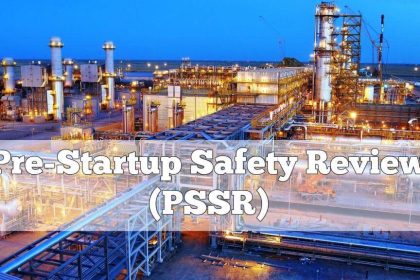
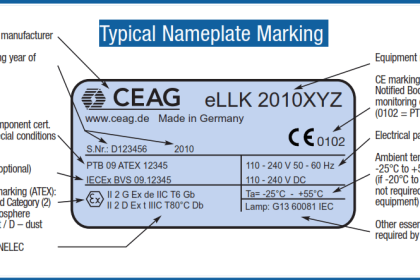
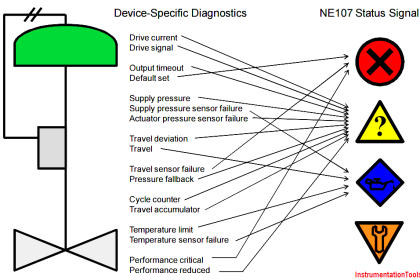
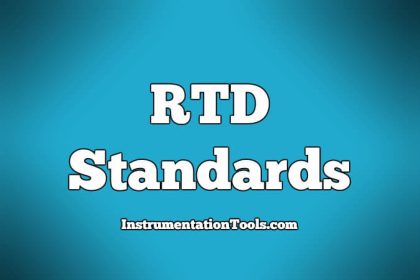
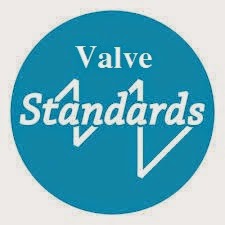
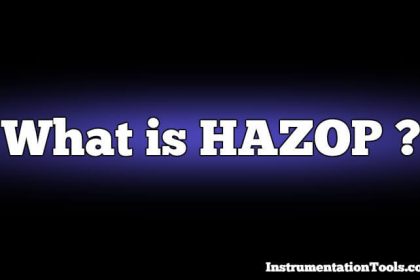
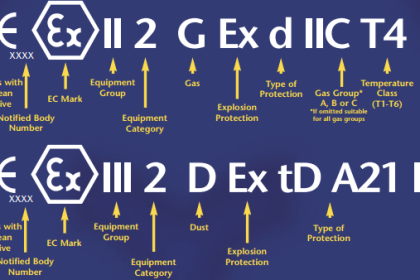
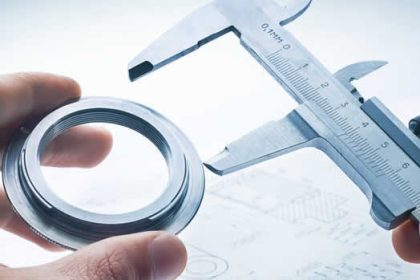

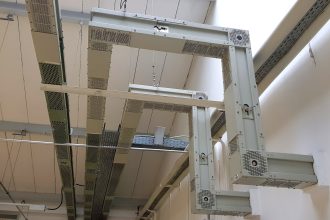
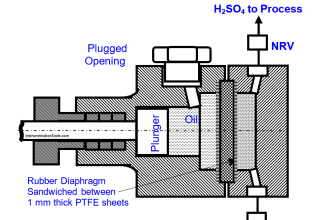
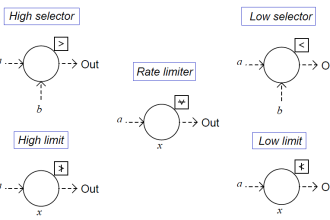
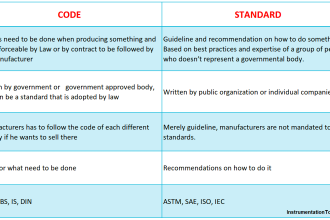
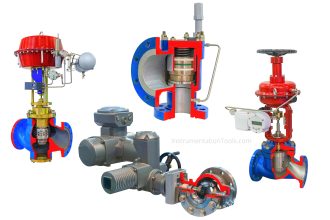
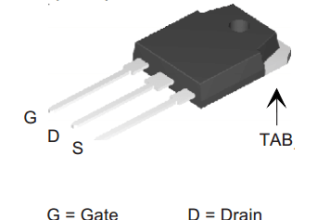
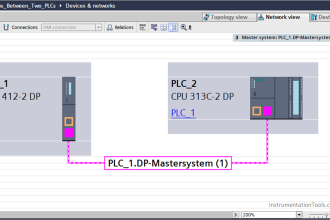

Mr. Reddy.. you are a great person.. you have my respect.. thank you for the information… it helps me a lot.. by the way I am instrumentation inspector at samsung saudi arabia.. have a nice day..
Thanks Mr.Joel. i am very happy to hear from you positively. Good day.